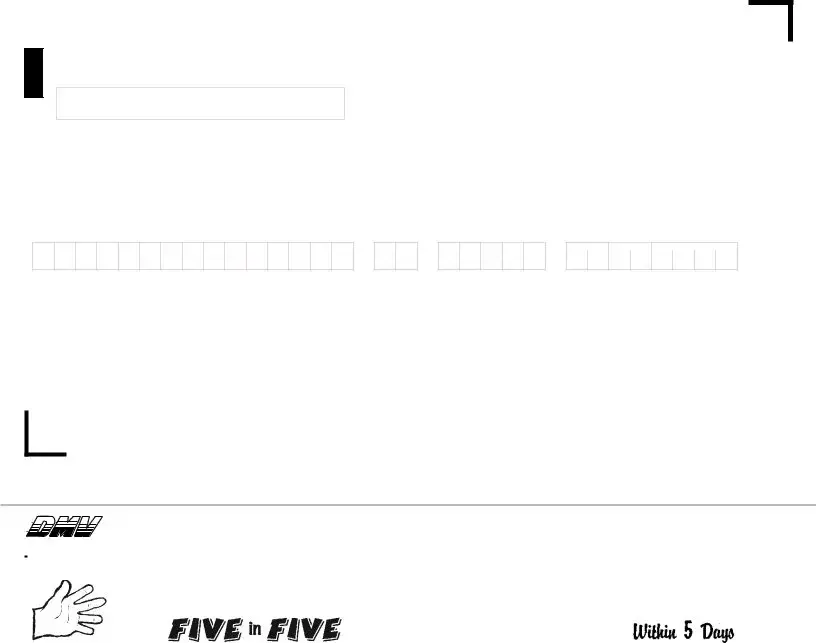What is the DMV REG 138 form used for?
The DMV REG 138 form, known as the Notice of Transfer and Release of Liability, is a crucial document used to inform the California Department of Motor Vehicles (DMV) that a vehicle or vessel has been sold or transferred. By submitting this form, you release yourself from any liability associated with the vehicle after the date of the sale. This ensures that any future traffic violations, parking tickets, or accidents involving the new owner do not affect you.
How do I fill out the DMV REG 138 form correctly?
To fill out the form, you must print in capital letters using black or blue ink. Be sure to include accurate and legible information regarding the vehicle details, including make, model, license number, and VIN. Your name and address, along with the new owner's name and address, must also be included. Finally, report the sale price and the date of the transaction. Double-checking this information is vital because any errors can result in the DMV not updating their records properly.
Where do I submit the DMV REG 138 form?
You have a couple of options for submitting the DMV REG 138 form. You can fill it out online at the DMV’s website, dmv.ca.gov, where you will receive instant confirmation of your submission. Alternatively, you can mail the completed form to the provided address on the form itself. However, keep in mind that if you opt to mail your form, you will not receive any notification confirming its receipt, so retaining a copy for your records is essential.
What happens if I do not submit the DMV REG 138 form?
If you fail to submit the DMV REG 138 form within five days of the transaction, you remain liable for any incidents involving that vehicle. This includes any traffic or parking violations incurred by the new owner. Liability releases only take effect once the DMV processes your form, so timely submission protects you from potential legal and financial complications in the future.
Can someone else submit the DMV REG 138 form on my behalf?
While it may be tempting to have the new owner submit the form for you, it's often safer to submit it yourself. If the new owner does not follow through, you could be held liable for any issues related to the vehicle. To protect your interests, it is best to handle this process personally to ensure the DMV receives the notification and updates their records accordingly.
What should I do if I receive a collection notice after submitting the form?
If you receive a collection notice for a vehicle you no longer own, don't ignore it. Keep a copy of the completed REG 138 form handy to show that you reported the sale. Mistakes can happen, and the DMV may not have updated their records on time. Contact your local DMV office as soon as possible, and provide them with the necessary documentation to help clarify the situation.
Is there a fee associated with submitting the DMV REG 138 form?
No, there is no fee to submit the DMV REG 138 form, whether you file it online or send it by mail. This form is provided as a public service to help facilitate the transfer of liability and protect both the seller and the new owner from unexpected liabilities. Always remember to file it within the required five-day window to ensure your protection.


